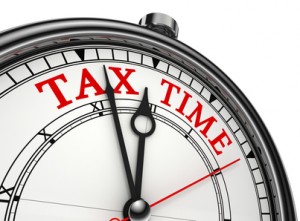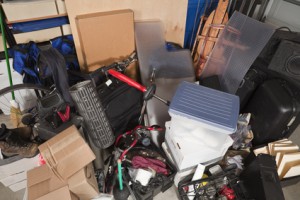 It’s that time of year again…tax time. It always feels so great when I send my tax papers off to my accountant. The first few years I was in business, this was a time-consuming and frustrating process. I procrastinated till the last minute because I didn’t have my systems in place.
It’s that time of year again…tax time. It always feels so great when I send my tax papers off to my accountant. The first few years I was in business, this was a time-consuming and frustrating process. I procrastinated till the last minute because I didn’t have my systems in place.
In an effort to simplify, streamline and automate my business systems, I created a simple year end checklist of all the items I needed to send to my accountant at year end. What a relief it is every year and my system completely simplified my life and my husbands too. Now, tax time is a breeze!
Often times, this is one of the biggest frustrations for a lot of small business owners, stay-at-home moms and pretty much everyone else for that matter. I can think of a million other things I’d rather be doing than preparing my papers for tax time. How about you?
Gathering the necessary pieces of information to prepare their tax return is a project a lot of people procrastinate on. So, the first thing I do for my clients when I’m organizing their files and papers in their office and at home is to create an easy to use financial filing system. The following year, I always ask my clients how much time they spent preparing and gathering her papers for tax time. Last year, when I asked a client how much time she spent gathering everything for her accountant, she replied “it was a breeze, it only took me 15 minutes.” That was music to my ears. That tells me that the financial filing system is working for her AND the checklist saves time. This can happen for you too.
Tax Preparation Checklist
As you gather your papers for tax time this year, create your own “Tax Preparation Checklist” or “Year End Checklist.” On this list write down all the different types of documents and bits of information you need to have in preparation of your tax return. Type it up and save it on your computer in your finance or accounting folder. If you prefer, print it and keep it in a hanging file named “Year End Checklist” with all your other financial files.
A few other items I have on this year end checklist is car mileage from previous years square footage of my office space. Having a year end checklist has saved me a ton of time and reduced my stress and anxiety when it comes to tax time.
Here are some sample tax preparation checklists:
Tax Preparation Checklist Personal
Tax Preparation Checklist Self Employed
Tax Preparation Checklist for USA from Intuit
http://images.turbotax.intuit.com/iqcms/marketing/lib/Tax%20Prep%20Checklist.pdf
Take the time now to simplify your life and next year at tax time, you’ll be glad you did.
Which checklist will you use next year?

